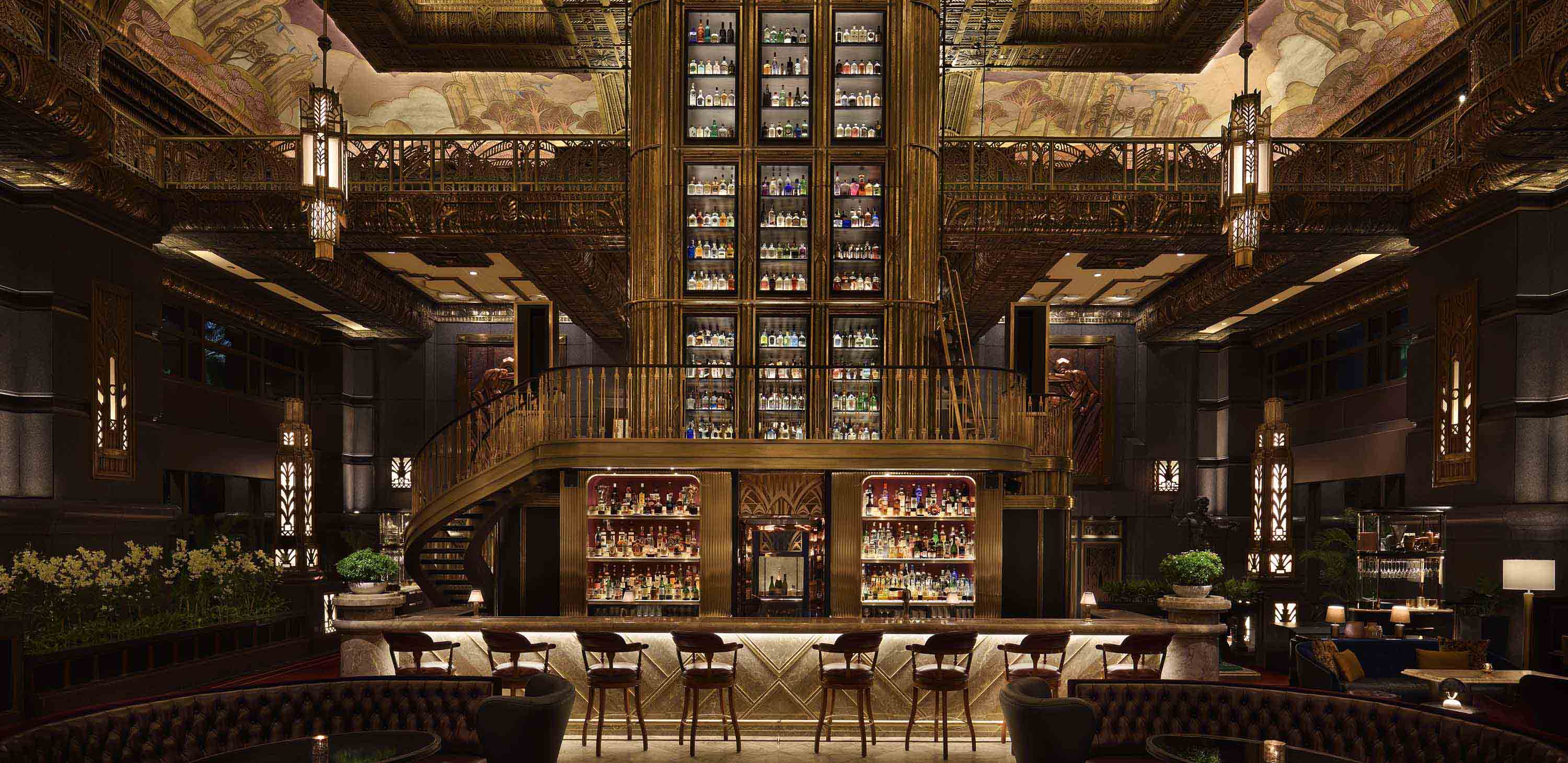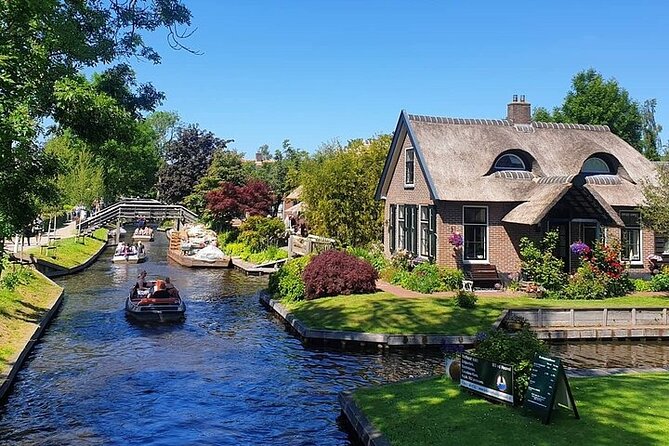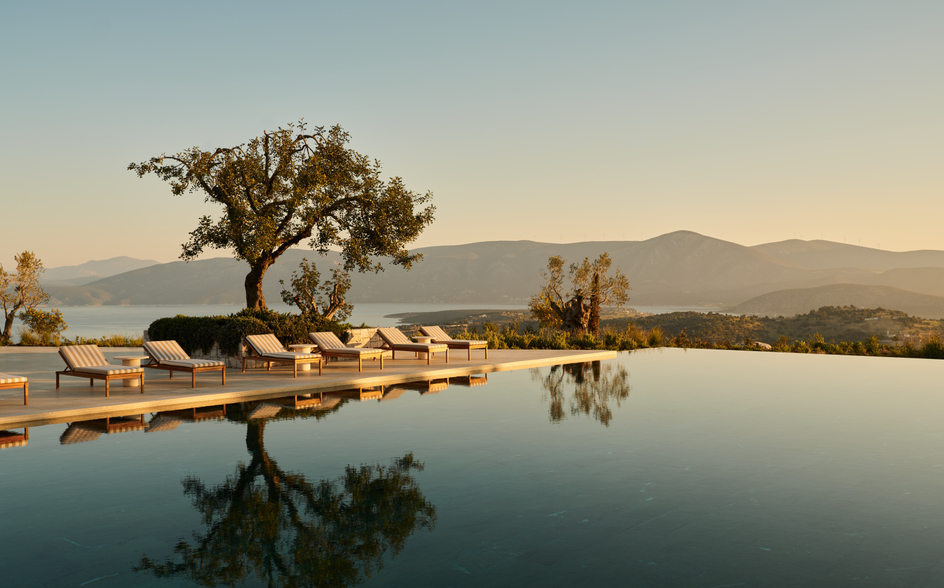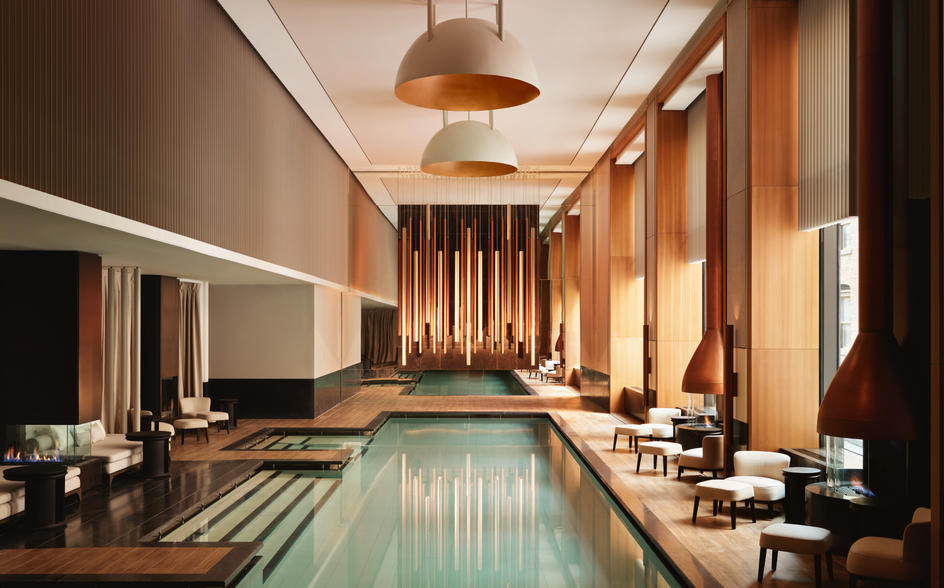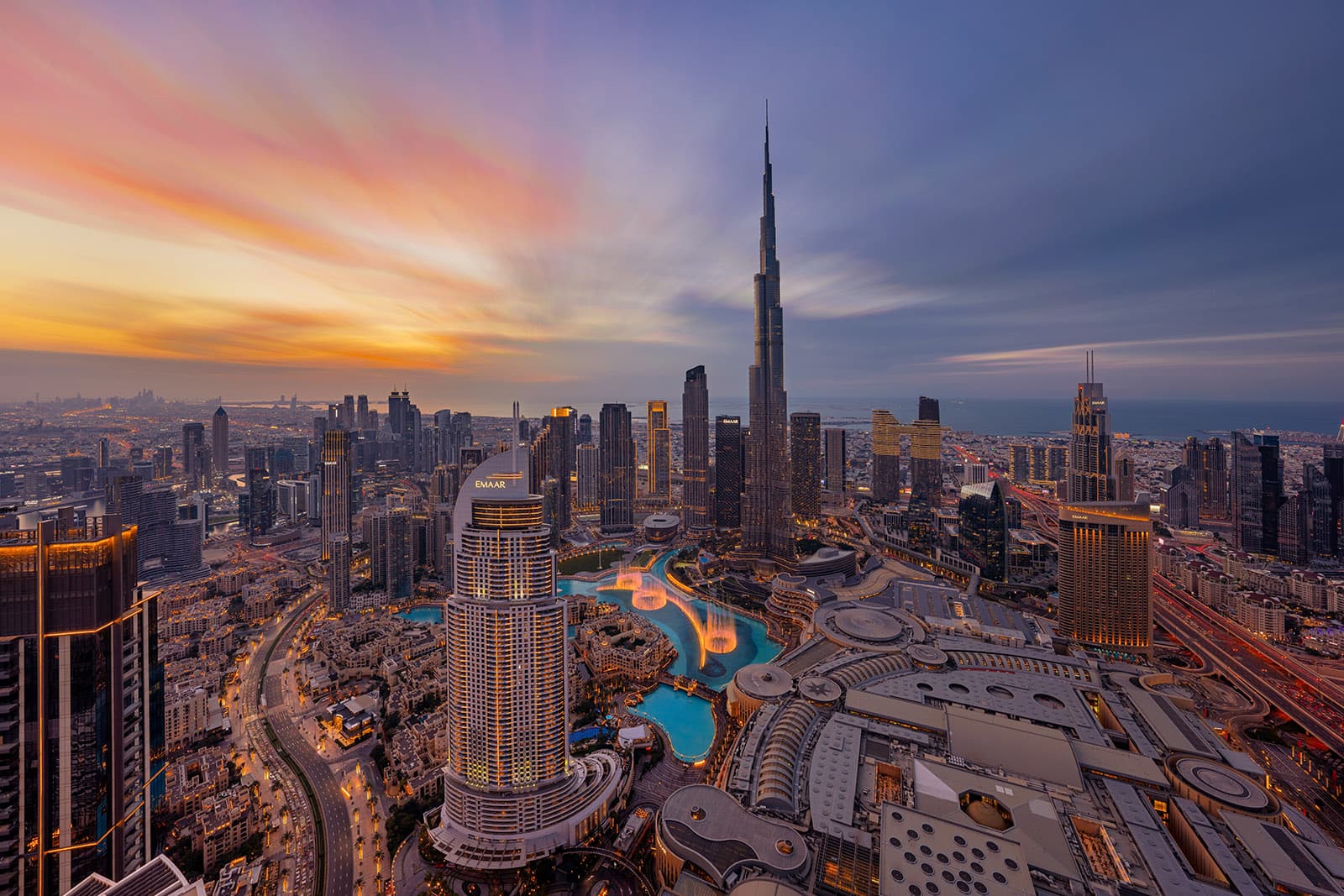Privacy, Flow, and Architecture in the Design of Transformative Spas
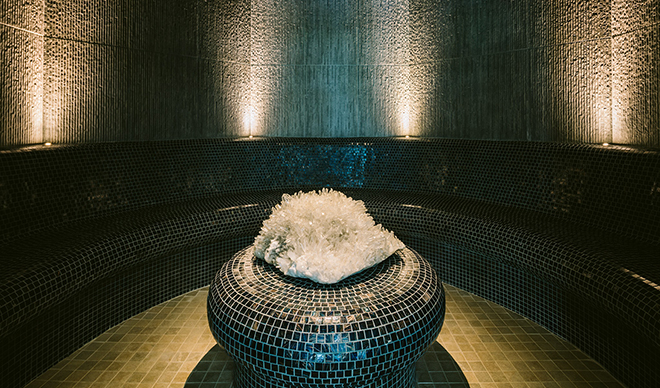
Feature · The World’s 100 Best Spas
Privacy, Flow, and Architecture in the Design of Transformative Spas
In an age where wellness has become both lifestyle and aspiration, spa architecture must do more than house treatments. It must transform. The best spas of our era create sanctuaries where privacy, spatial flow, and design coherence intertwine, producing experiences that feel seamless, restorative, and deeply personal. Architecture here is not background—it is the therapy itself.
A. Privacy as the First Luxury
Secluded Entrances
Private pathways and discreet check-ins ensure that guests begin their retreat without disruption.
Acoustic Control
Soundproofed walls, water features, and spatial buffers reduce sensory intrusion and amplify serenity.
Personalized Spaces
VIP suites and secluded treatment villas align architecture with intimacy and exclusivity.
B. Flow as Emotional Architecture
Spatial flow within transformative spas is a form of silent choreography. From welcome lounges to hydrotherapy circuits, architects design progressive sequences that gently guide the body and mind from tension into release. Transitions are marked not by signage, but by natural light, material changes, and subtle acoustic cues.
“Flow is the invisible therapist—design that heals without touch.”
C. Architectural Anchors of Transformation
Water as Axis
From plunge pools in Bhutan to hammams in Marrakech, water features organize circulation and ritual.
Light as Material
Filtered skylights, lanterns, and candles act as temporal markers, reinforcing relaxation cycles.
Landscape Integration
Bali, Phuket, and Ubud spas dissolve boundaries between indoors and nature, blending architecture with jungle and sea.
Geometry of Calm
Curves, symmetry, and spatial repetition provide rhythm and psychological stability.
D. Global Inspirations
Japanese Onsen
Minimalist timber and stone designs reinforce silence, with architecture echoing Zen restraint.
Nordic Thermal Spas
Flow designed as contrasts—icy plunges, steam rooms, and panoramic saunas overlooking fjords.
Middle Eastern Hammams
Domes and arches organize ritual cleansing, merging social experience with architectural spectacle.
Modern Urban Spas
Glass, steel, and biophilic inserts create oases of calm within skyscraper environments.
E. Measuring Transformative Impact
In transformative spas, privacy preserves intimacy, flow nurtures progression, and architecture binds these elements into a seamless whole. These spaces do not just host treatments—they are themselves therapeutic environments, shaping how guests feel, move, and remember. Excellence in spa design today is measured not by luxury alone, but by the depth of immersion and renewal it creates.

